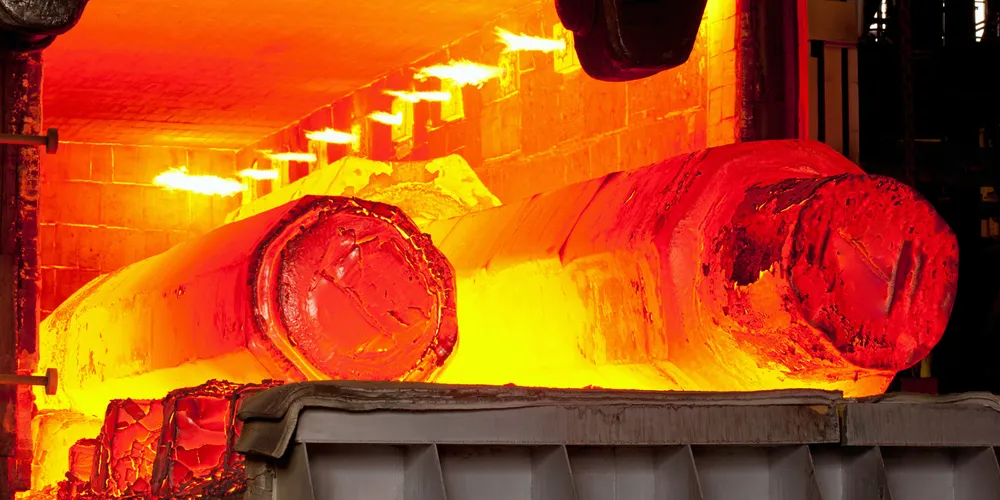'Titanic pivot' from coal to hydrogen could redraw global steel map: BloombergNEF
Shift to cleaner production and more recycling could put nations with access to renewables and higher-grade ore on pole, says report

Shift to cleaner production and more recycling could put nations with access to renewables and higher-grade ore on pole, says report
